Dr. Janette Kurban on Ancient Ear Acupuncture Points and Modern Practice
Today, we're venturing into the intricate world of acupuncture, a practice that has healed and balanced lives for centuries.In this episode, we unravel the complexity of auricular acupuncture, exploring the 12 master control points on the ear and how they correlate with bodily health and pain management. We'll delve into the artful blend of traditional wisdom with cutting-edge applications, revealing how these ancient pearls can revitalize modern treatment protocols.
Guest Instructor: Janette, Kurban, DC, DACBA
Dr. Janette Kurban is a renowned figure in the realm of integrative medicine, combining the ancient wisdom of acupuncture with modern chiropractic techniques. Along with her doctorate in chiropractic, she has earned her Diplomate in Chiropractic Acupuncture from the ACA’s Board of Chiropractic Acupuncture; a distinction recognized both nationally and internationally, that endorses her expertise in acupuncture as it relates to chiropractic care.
QUICK LINKS
- View the full webinar replay here: https://event.webinarjam.com/go/replay/109/mlv42i02igybvpag
- Want to stay informed about upcoming events, special offers, new products, courses and more? Click the link below to get on our email list (and get a free gift from FAKTR when you sign up): https://faktrperformance.com/join-the-list-5776


